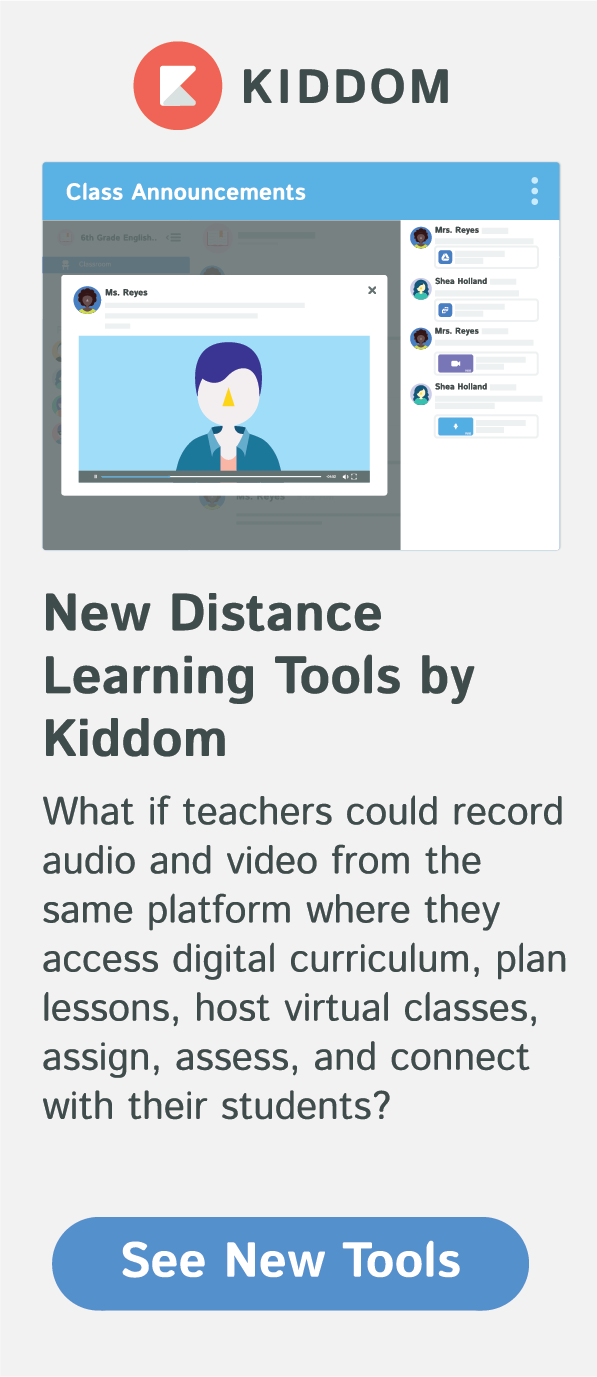
![]()
Jessica Hunsinger
Product Manager
Former educator passionate about building human potential. Saving teachers time through interoperability is what currently drives me.
In the first of our 4-part blended learning blog series, use this infographic to determine the right model for you and get a brief overview of each model.
Understanding Blended Learning Models
- Which Blended Learning Model is Right for Your Classroom? Infographic (1 of 4)
- Station Rotation & Lab Rotation: Blended Learning Models (2 of 4)
- Individual Rotation & Flex: Blended Learning Models (3 of 4)
- A La Carte, Enriched Virtual, & Flipped Classrooms: Blended Learning Models (4 of 4)
In today’s schools, blended learning is becoming increasingly utilized due to improvements in technology and growing access to online learning materials. According to the Christensen Institute’s Blended Learning Universe, there are seven generally accepted blended learning models — so you might be wondering, which one is best for my class?
In this four-part blog series we will provide you with the right resources to answer that question and then explore each style in depth. For part one, we’ve created this infographic based on our Blended Learning 101and 102 guides. You can use the infographic to determine the right model for your class, get a brief overview of each model, and learn some fun facts and helpful Kiddom features along the way.
In the following posts, we’ll cover the models in more depth, including how to get started, how our free product for teachers helps with implementation, and further resources if you wish to go deeper.

Recap: What is Blended Learning, again?
Blended learning, commonly understood as combining traditional instruction with computer-based learning experiences, can address many common pedagogical challenges. A widely accepted definition from Horn and Staker includes the following components of true blended learning components:
1. It involves teaching and learning within a formal education program
2. Students learn at least in part through online delivery of content and instruction
3. Students have some level of control over time, place, path, and/or pace
4. Part or all of instruction is delivered away from home in a supervised, brick-and-mortar location

At Kiddom, we believe a successful blended learning program is the intentional integration of educational technology within the classroom to enhance the learning process. Students engage with content via multiple modalities and gain some control over their learning pace. Effective blended learning models have curricula designed for integration, student buy-in, and access to appropriate technology and resources.
Why Choose Blended Learning?
To ensure that you are planning intentionally, first you must determine whyyou want to try blended learning or, more specifically, which instructional issue you hope to solve.
Are you constantly torn between the range of needs of your students and want a more efficient way to differentiate instruction? Are you hoping to revive student motivation by increasing student choice? Do you feel passionate about embedding tech skills into your assignments to prepare students for college and careers? Maybe you have heard buzz about the benefits of asynchronous learning, small group instruction, and paperless classrooms, and want to pilot something new.

In Blended Learning 101 we discuss four reasons to consider changing your instruction style:
1. Improved Communication
2. More Personalized Instruction
3. Student-Driven Learning
4. Improved Self-Management Skills
In the same guide, we seek to provide educators with a better understanding of how to implement blended learning programs, particularly in schools using standards-based or competency-based grading.
In Blended Learning 102, which our infographic is largely based upon, we have broken the models up into three main categories depending on the availability of internet enabled devices, in class or at home, needed to implement each model. Along the way, we also explore how Kiddom’s collaborative learning platform can be used to expertly implement a blended learning model in your classroom.
So without further ado, we invite you to check out our blended learning infographic to get the basics on which blended learning style is best for you.
Click the arrow above to download!
Over the next few weeks, we’ll post a series of articles to cover these models in more depth. In the meanwhile, we encourage you to check out our Blended Learning 101 and 102 guides, which you can access at our blended learning resources page.
Read the 2nd blog on Station Rotation and Lab Rotation Models here.
Kiddom seamlessly connects the most critical aspects of teaching and learning on one platform.
For the first time, educators can share and manage digital curriculum, differentiate instruction, and assess student work in one place. Learners can take assessments online, see student performance data with the click of a button, and teachers have the insight and tools they need to create individual learning paths.
Ready to bring digital curriculum to your school or district?
Connect with us in a 15-minute meeting to learn more about available pre-packaged curriculum, and how the Kiddom education platform can support your learning community.
